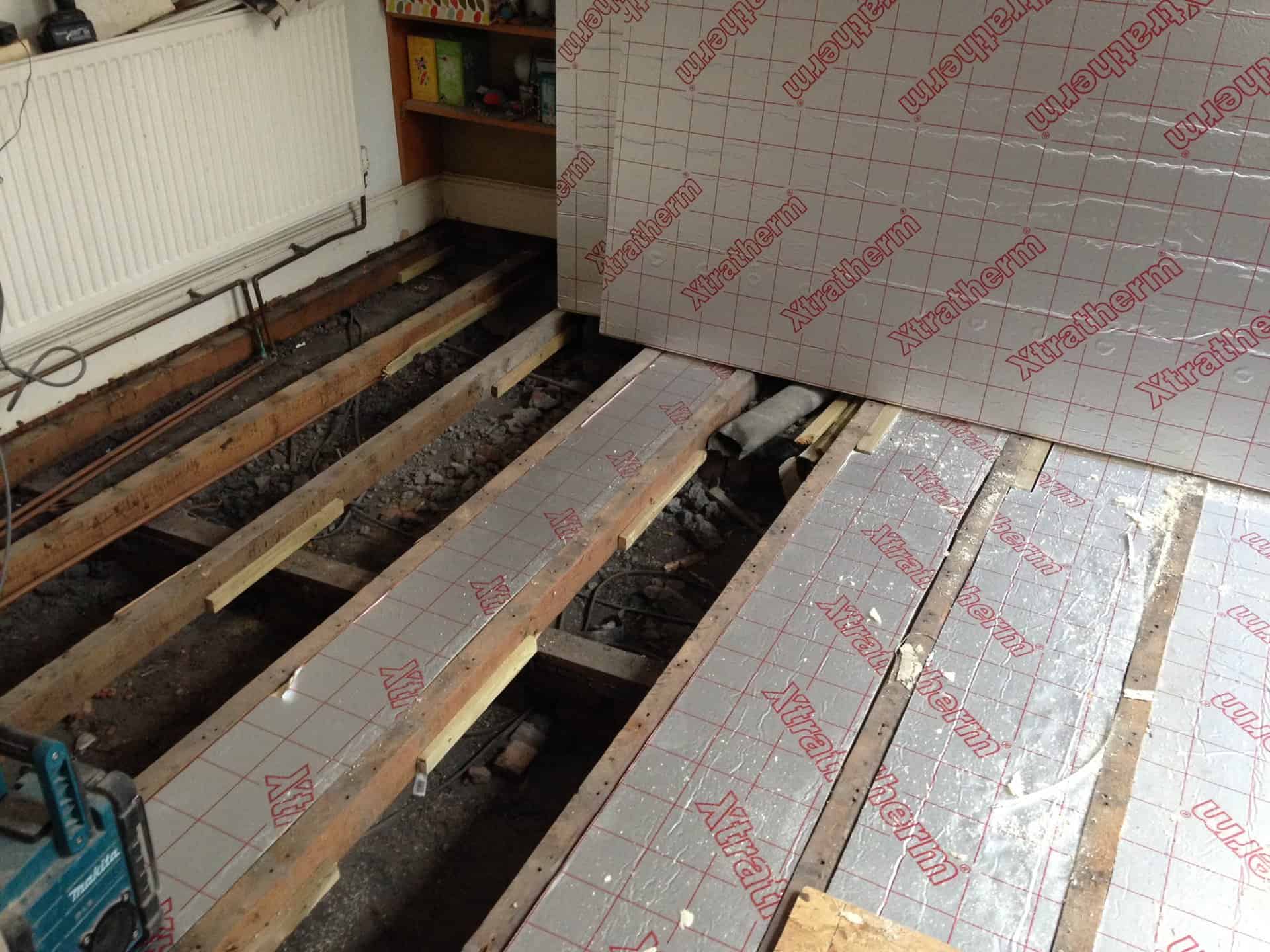

Articles
What Insulation To Use In Floor Joists
Modified: December 7, 2023
Discover the best insulation articles to use in floor joists for optimal energy efficiency and comfort in your home.
(Many of the links in this article redirect to a specific reviewed product. Your purchase of these products through affiliate links helps to generate commission for Storables.com, at no extra cost. Learn more)
Introduction
When it comes to insulating your home, the floor joists are often overlooked. However, insulating floor joists can have a significant impact on the comfort and energy efficiency of your home. By choosing the right insulation for your floor joists, you can reduce heat loss, improve soundproofing, and lower your energy bills.
There are several types of insulation that can be used for floor joists, each with its own advantages and considerations. In this article, we will explore the different types of insulation for floor joists, discuss their pros and cons, and provide some installation tips to help you make an informed decision.
So, whether you’re renovating your home or building a new one, read on to learn about the various insulation options available for floor joists and discover which one is best suited to your needs.
Key Takeaways:
- Choose the right insulation for your floor joists based on factors such as R-value, moisture resistance, and soundproofing capabilities to create a comfortable, energy-efficient, and soundproof living environment.
- Properly installed insulation for floor joists offers benefits such as improved thermal insulation, enhanced soundproofing, increased energy efficiency, better indoor air quality, and long-term cost savings.
Read more: What Is A Floor Joist
Types of insulation for floor joists
When it comes to insulating your floor joists, there are several types of insulation materials to choose from. Each type has its own unique characteristics, benefits, and considerations. Let’s take a closer look at some of the most common types of insulation for floor joists:
- Fiberglass insulation: Fiberglass insulation is a widely used and cost-effective option for insulating floor joists. It is made of fine glass fibers and is available in batts or rolls. Fiberglass insulation is easy to install and provides excellent thermal performance. However, it can be itchy to handle, so wearing protective clothing and gloves is recommended during installation.
- Cellulose insulation: Cellulose insulation is made from recycled paper and treated with fire retardants. It is dense, eco-friendly, and offers good soundproofing capabilities. Cellulose insulation is blown in or sprayed into the floor joist cavities, creating a seamless and effective barrier against heat loss and air infiltration.
- Spray foam insulation: Spray foam insulation is a versatile option that can be used for insulating floor joists. It is applied as a liquid that expands and hardens, filling any gaps and cracks. Spray foam insulation provides excellent thermal insulation and air sealing properties. However, professional installation is recommended due to the complexity of the application process.
- Rigid foam insulation: Rigid foam insulation, also known as foam boards, is a lightweight and durable option for insulating floor joists. It comes in rigid panels that can be easily cut to fit the joist cavities. Rigid foam insulation has high R-values and offers good moisture resistance. It is an effective choice for areas with high moisture levels.
These are just a few examples of the types of insulation materials that can be used for floor joists. It’s important to consider factors such as cost, insulation performance, ease of installation, and compatibility with other building materials when choosing the right insulation for your specific needs.
Fiberglass Insulation
Fiberglass insulation is one of the most common and widely used types of insulation for floor joists. It is made of fine glass fibers that are woven together to create a fluffy insulation material. Fiberglass insulation comes in batts or rolls, making it easy to handle, transport, and install.
One of the main advantages of fiberglass insulation is its cost-effectiveness. It is typically more affordable compared to other types of insulation materials, making it an attractive option for homeowners on a budget. Additionally, fiberglass insulation provides excellent thermal performance, effectively reducing heat loss and improving energy efficiency in your home.
Installation of fiberglass insulation for floor joists is relatively straightforward. The batts or rolls can be easily cut to fit the joist cavities and laid down between the joists. It is important to ensure a proper and snug fit to achieve maximum insulation effectiveness. However, it is worth noting that fiberglass insulation requires protective clothing, gloves, and a mask during installation due to the possibility of skin irritation and respiratory issues caused by the fine glass fibers.
When considering fiberglass insulation for your floor joists, it is essential to take certain factors into account. Fiberglass insulation is prone to settling over time, which can reduce its effectiveness. To address this, it is recommended to use insulation supports or netting to hold the insulation in place, preventing any sagging or gaps. Additionally, vapor barriers should be installed to minimize moisture migration and prevent condensation within the insulation material.
Lastly, fiberglass insulation does not offer excellent soundproofing capabilities. If sound insulation is a significant consideration for your floor joists, you may want to explore other insulation options that provide better acoustic insulation.
In summary, fiberglass insulation is a cost-effective and widely accessible option for insulating floor joists. It offers good thermal insulation properties and is relatively easy to install. However, it requires protective measures during installation and may not provide optimal soundproofing capabilities. Consider these factors when deciding if fiberglass insulation is the right choice for your floor joists.
Cellulose Insulation
Cellulose insulation is a popular choice for insulating floor joists, thanks to its eco-friendly properties and effective thermal and soundproofing capabilities. It is made from recycled paper products, such as newspapers, magazines, and cardboard, that are treated with fire retardants to enhance safety.
One of the notable advantages of cellulose insulation is its high-density composition. When blown in or sprayed into the floor joist cavities, it creates a seamless and tightly packed layer that effectively reduces heat transfer and improves energy efficiency. This dense layer of cellulose insulation also helps to minimize noise transmission, making it a great choice for soundproofing between floors.
Cellulose insulation offers significant sustainability benefits. It utilizes recycled materials, reducing the demand for new resources and minimizing waste. Additionally, cellulose insulation has low environmental impact and does not release harmful chemicals into the air. It is a safe and non-toxic insulation option for your home.
Installation of cellulose insulation for floor joists is typically done by professional contractors. They use specialized equipment to blow or spray the insulation into the joist cavities, ensuring complete coverage and a uniform layer. Proper installation is essential to achieve the full benefits of cellulose insulation and to prevent any settling or gaps in the insulation material.
When considering cellulose insulation, it is important to address potential moisture concerns. Cellulose insulation has a high moisture content, which can lead to mold or mildew growth if not properly managed. It is crucial to address any existing moisture issues in the floor joist areas and to install vapor barriers to prevent moisture from seeping in and affecting the insulation performance.
Overall, cellulose insulation is a sustainable and effective option for insulating floor joists. Its dense composition provides excellent thermal and soundproofing properties, while its eco-friendly nature makes it an environmentally conscious choice. Professional installation and moisture management are key factors to ensure the long-term effectiveness of cellulose insulation in your floor joists.
Spray Foam Insulation
Spray foam insulation is a versatile and efficient option for insulating floor joists. It is applied as a liquid that expands and hardens, creating a seamless and airtight barrier against heat loss, air infiltration, and moisture. Spray foam insulation provides excellent thermal insulation properties and is known for its ability to fill gaps and cracks, ensuring maximum energy efficiency.
One of the primary advantages of spray foam insulation is its superior insulation performance. It has a high R-value, which measures the insulation’s resistance to heat flow. With spray foam insulation, you can significantly reduce energy consumption and create a more comfortable living environment by minimizing temperature fluctuations.
Another benefit of spray foam insulation is its exceptional ability to seal air leaks. By expanding and adhering to surfaces, it fills even the smallest gaps, preventing drafts and reducing heat transfer between the floor joists. This airtight seal also helps to reduce noise transmission, making it an excellent choice for soundproofing between floors.
Professional installation is recommended for spray foam insulation due to the complexity and precision required. Special equipment is used to apply the foam, and experienced contractors ensure proper coverage and thickness. It is important to note that spray foam insulation expands as it cures, so careful application is necessary to avoid any distortion or damage to surrounding structures.
However, it is worth considering that spray foam insulation can be more expensive than other insulation materials. The initial cost may be higher, but the long-term energy savings and improved comfort can often justify the investment. It is advisable to weigh the upfront costs against the potential energy savings and benefits when deciding if spray foam insulation is the right choice for your floor joists.
Additionally, spray foam insulation can be more challenging to remove or modify compared to other insulation types. If future access to the floor joists is anticipated, it is important to consider this factor and plan accordingly.
In summary, spray foam insulation offers exceptional thermal insulation, air sealing, and soundproofing capabilities for floor joists. It creates a seamless and durable barrier that reduces energy consumption and improves overall comfort. While the initial cost may be higher, the long-term benefits make it a worthwhile investment for homeowners seeking optimal insulation performance.
Consider using fiberglass or foam board insulation in floor joists. Fiberglass is cost-effective and easy to install, while foam board provides high R-value and moisture resistance. Choose the option that best suits your budget and insulation needs.
Read more: What Size Insulation For 2X8 Floor Joist
Rigid Foam Insulation
Rigid foam insulation, also known as foam boards, is a lightweight and versatile option for insulating floor joists. It is made from polystyrene or polyurethane foam and is available in rigid panels that can be easily cut to fit the joist cavities.
One of the main advantages of rigid foam insulation is its high R-value. It offers excellent thermal insulation performance, effectively reducing heat transfer and improving energy efficiency. The rigid panels provide a continuous insulation layer, minimizing thermal bridging and maintaining consistent temperature levels in your home.
Rigid foam insulation also offers good moisture resistance, making it suitable for areas with high moisture levels or crawl spaces. It helps to prevent condensation and moisture buildup, reducing the risk of mold or mildew growth and creating a healthier living environment.
Installation of rigid foam insulation for floor joists is relatively straightforward. The panels can be easily cut to fit the joist cavities and secured using adhesive or mechanical fasteners. It is important to ensure proper sealing around the edges and joints to maintain an airtight and moisture-resistant barrier.
One consideration when using rigid foam insulation is its relatively low sound transmission reduction. While it provides some level of acoustic insulation, it may not offer the same soundproofing capabilities as other insulation materials. If soundproofing between floors is a significant concern, additional measures such as resilient channels or sound-absorbing materials may need to be incorporated.
It is worth noting that rigid foam insulation can be more expensive compared to other insulation options. However, its long-term durability and energy-saving benefits can often outweigh the initial cost. Consider the insulation’s lifespan and potential energy savings when evaluating the overall value of rigid foam insulation for your floor joists.
Lastly, disposing of rigid foam insulation can be challenging due to its non-biodegradable nature. Proper recycling or appropriate disposal methods should be followed to minimize environmental impact.
In summary, rigid foam insulation is a lightweight and durable option for insulating floor joists. It offers excellent thermal insulation and moisture resistance properties. While it may be a more expensive option, the long-term energy savings and durability make it a worthwhile investment for homeowners seeking effective and efficient insulation for their floor joists.
Factors to Consider When Choosing Insulation for Floor Joists
When selecting insulation for your floor joists, it is important to consider various factors to ensure that you choose the most suitable option for your specific needs. Here are some key factors to consider:
- R-Value: The R-value of insulation measures its resistance to heat flow. Higher R-values indicate better thermal insulation performance. Consider the climate in your area and the desired level of insulation when choosing an insulation material with an appropriate R-value for your floor joists.
- Moisture Resistance: Ensure that the insulation material you choose has good moisture resistance. Moisture can affect the insulation’s performance and lead to issues such as mold or mildew growth. Select an insulation material that can withstand high moisture levels, especially if your floor joists are in areas prone to moisture accumulation.
- Soundproofing: If soundproofing is a priority, consider insulation materials with good acoustic insulation properties. Some insulation options, such as cellulose or mineral wool, offer better sound absorption capabilities. Evaluate the level of noise transmission between floors and choose an insulation material that can effectively reduce sound transfer.
- Installation Ease: Consider the ease of installation when choosing insulation for your floor joists. Some materials, like fiberglass batts or rigid foam panels, are relatively straightforward to install. Others, such as spray foam insulation, may require professional installation due to its specialized application process.
- Environmental Impact: Evaluate the environmental impact of the insulation material. Look for products made from recycled or renewable materials that have low emissions and minimal environmental impact. Consider the insulation’s lifecycle and disposal methods to ensure you choose an environmentally friendly option.
- Cost: Consider your budget when selecting insulation for your floor joists. Different insulation materials vary in cost, so weigh the benefits and long-term energy savings against the upfront expenses. Remember that investing in high-quality insulation can lead to significant energy savings over time.
- Compatibility: Ensure that the insulation material is compatible with other building materials and systems in your home. Consider its compatibility with vapor barriers, ventilation systems, and any existing structures to ensure a seamless and efficient installation.
By carefully considering these factors, you can choose the most suitable insulation material for your floor joists that will provide optimal thermal performance, moisture resistance, soundproofing, and overall energy efficiency, while meeting your specific budget and environmental requirements.
Installation Tips for Insulating Floor Joists
Proper installation is key to maximizing the effectiveness of insulation for floor joists. By following these installation tips, you can ensure a seamless and efficient insulation process:
- Choose the right insulation material: Select an insulation material that is suitable for your specific needs, considering factors such as R-value, moisture resistance, and soundproofing capabilities.
- Measure and cut accurately: Take precise measurements of the floor joist cavities and cut the insulation material to fit snugly between the joists. This ensures proper coverage and minimal air gaps.
- Seal air leaks: Before insulating, identify and seal any air leaks or gaps in the floor joist area. Caulk and weatherstripping can be used to seal gaps around windows, doors, and utility penetrations.
- Install vapor barriers: In moist environments, consider installing vapor barriers to prevent moisture from seeping into the insulation. The vapor barrier should be placed on the warm side of the floor joists, facing the living space.
- Use insulation supports: For loose-fill insulation like cellulose, use insulation supports or netting to hold the material in place and prevent settling over time. This ensures consistent thermal performance.
- Wear protective equipment: When handling insulation materials that may cause skin irritation or respiratory issues, such as fiberglass, wear protective clothing, gloves, and a mask. Follow the manufacturer’s instructions for safe handling and disposal.
- Ensure proper ventilation: Adequate ventilation is important to prevent moisture buildup and maintain the effectiveness of the insulation. Consider installing passive or mechanical ventilation systems to promote air circulation.
- Consider professional installation: Complex insulation materials such as spray foam may require professional installation for optimal results. Consult with experienced contractors who have expertise in the specific insulation material you choose.
- Regularly inspect and maintain: After installation, regularly inspect the insulation for any signs of damage or moisture infiltration. Address any issues promptly to maintain the insulation’s effectiveness.
By following these installation tips, you can ensure that your floor joists are properly insulated and effectively contribute to improved energy efficiency, comfort, and soundproofing in your home.
Benefits of Insulating Floor Joists
Insulating floor joists offers numerous benefits that can greatly improve the comfort, energy efficiency, and overall performance of your home. Let’s take a look at some of the key advantages of insulating floor joists:
- Improved thermal insulation: Insulating floor joists helps to create a thermal barrier, reducing heat transfer between different levels of your home. This results in more comfortable living spaces and decreases the need for excessive heating or cooling, leading to energy savings and reduced utility bills.
- Enhanced soundproofing: Insulation in floor joists helps to reduce the transmission of sound between different floors. It absorbs vibrations and minimizes noise transfer, creating a quieter and more peaceful environment inside your home.
- Increased energy efficiency: Insulating floor joists prevents air leaks and reduces drafts, improving the overall energy efficiency of your home. By minimizing heat loss and air infiltration, your heating and cooling systems can operate more efficiently, resulting in lower energy consumption and reduced carbon footprint.
- Better indoor air quality: Insulation in floor joists can help to create a more airtight and controlled environment inside your home. This can reduce the infiltration of outdoor pollutants and allergens, improving the indoor air quality and promoting a healthier living space.
- Moisture control: Insulation helps to manage moisture in the floor joist area, preventing condensation and mitigating the risk of mold or mildew growth. By keeping the area dry and well-ventilated, you can protect the structural integrity of your home and maintain a healthy indoor environment.
- Reduced noise pollution: Insulating floor joists can create a sound barrier that reduces the impact of footsteps, conversations, and other noises between floors. This is particularly beneficial in multi-story homes or buildings, enhancing privacy and tranquility.
- Long-term cost savings: Although the upfront cost of insulation installation may be an investment, the long-term benefits outweigh the initial expense. The energy savings, reduced maintenance costs, and increased property value resulting from efficient insulation can lead to significant cost savings over time.
By insulating your floor joists, you can enjoy these benefits and create a more comfortable, energy-efficient, and soundproof living environment. Whether you’re building a new home or renovating an existing one, insulating floor joists is a wise investment that pays off in multiple ways.
Read more: What Size Insulation For 2X10 Floor Joist
Conclusion
Insulating floor joists is a crucial step in creating a comfortable, energy-efficient, and soundproof home. By selecting the right insulation material and following proper installation techniques, you can reap a multitude of benefits.
From fiberglass and cellulose insulation to spray foam and rigid foam insulation, each option offers its own advantages and considerations. Fiberglass insulation provides a cost-effective solution, while cellulose insulation is known for its sustainable and soundproofing properties. Spray foam insulation offers exceptional thermal and air sealing capabilities, and rigid foam insulation provides excellent durability and moisture resistance.
When insulating your floor joists, there are important factors to consider, such as the insulation material’s R-value, moisture resistance, soundproofing capabilities, ease of installation, and compatibility with other building materials. It is essential to choose the insulation that best suits your needs and provides the desired level of thermal insulation, moisture control, and soundproofing.
Proper installation techniques, including accurate measurement and cutting, sealing air leaks, using insulation supports, and wearing protective equipment, are essential for ensuring the best performance of the insulation. Regular maintenance and inspection also play a crucial role in maintaining the effectiveness of the insulation over time.
The benefits of insulating floor joists are numerous. Improved thermal insulation enhances comfort and energy efficiency, while soundproofing capabilities create a quieter living environment. Insulation also helps to control moisture, improve indoor air quality, reduce noise pollution, and contribute to long-term cost savings.
In conclusion, insulating floor joists is a wise investment that pays off in terms of comfort, energy savings, soundproofing, and overall home performance. Choose the right insulation material, follow proper installation techniques, and enjoy the numerous benefits that come with a well-insulated home.
Frequently Asked Questions about What Insulation To Use In Floor Joists
Was this page helpful?
At Storables.com, we guarantee accurate and reliable information. Our content, validated by Expert Board Contributors, is crafted following stringent Editorial Policies. We're committed to providing you with well-researched, expert-backed insights for all your informational needs.
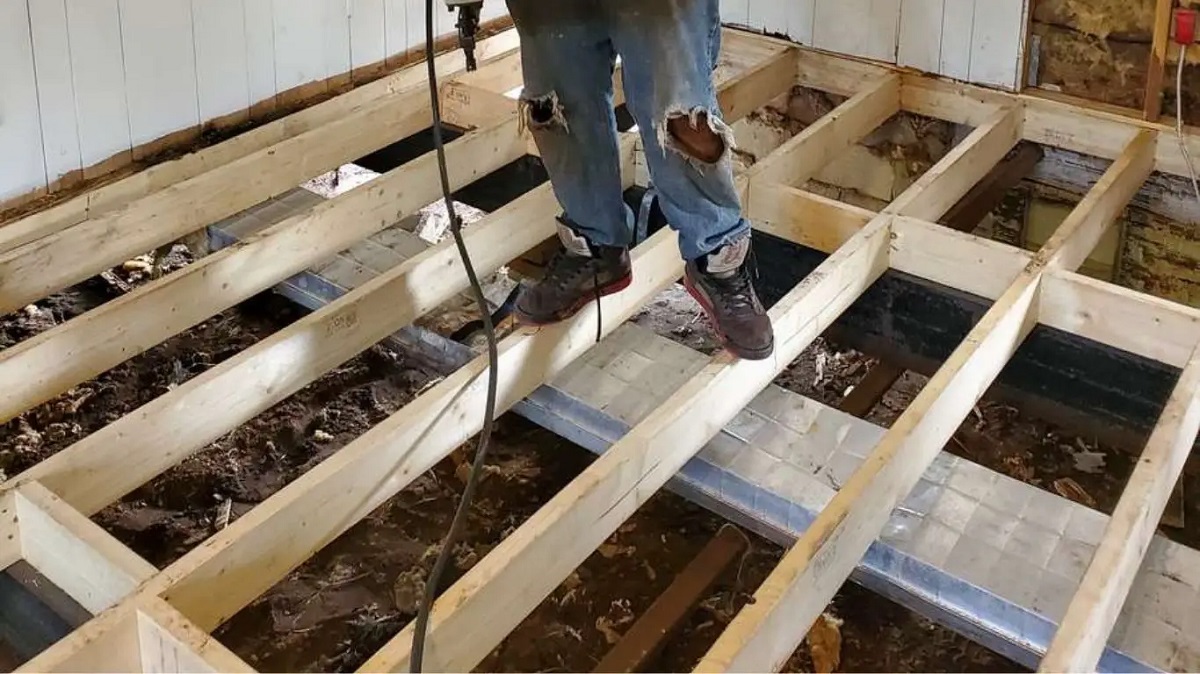
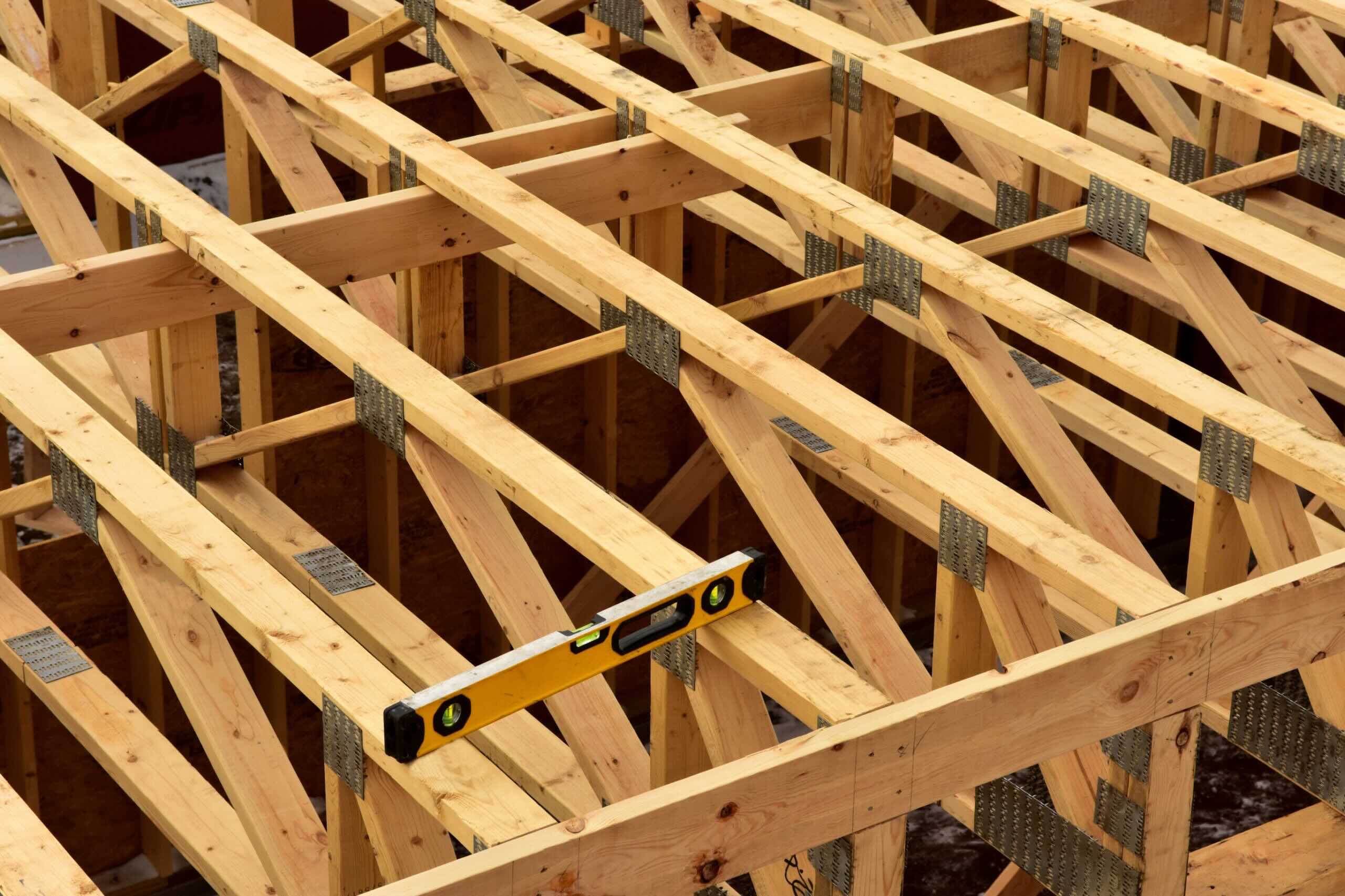
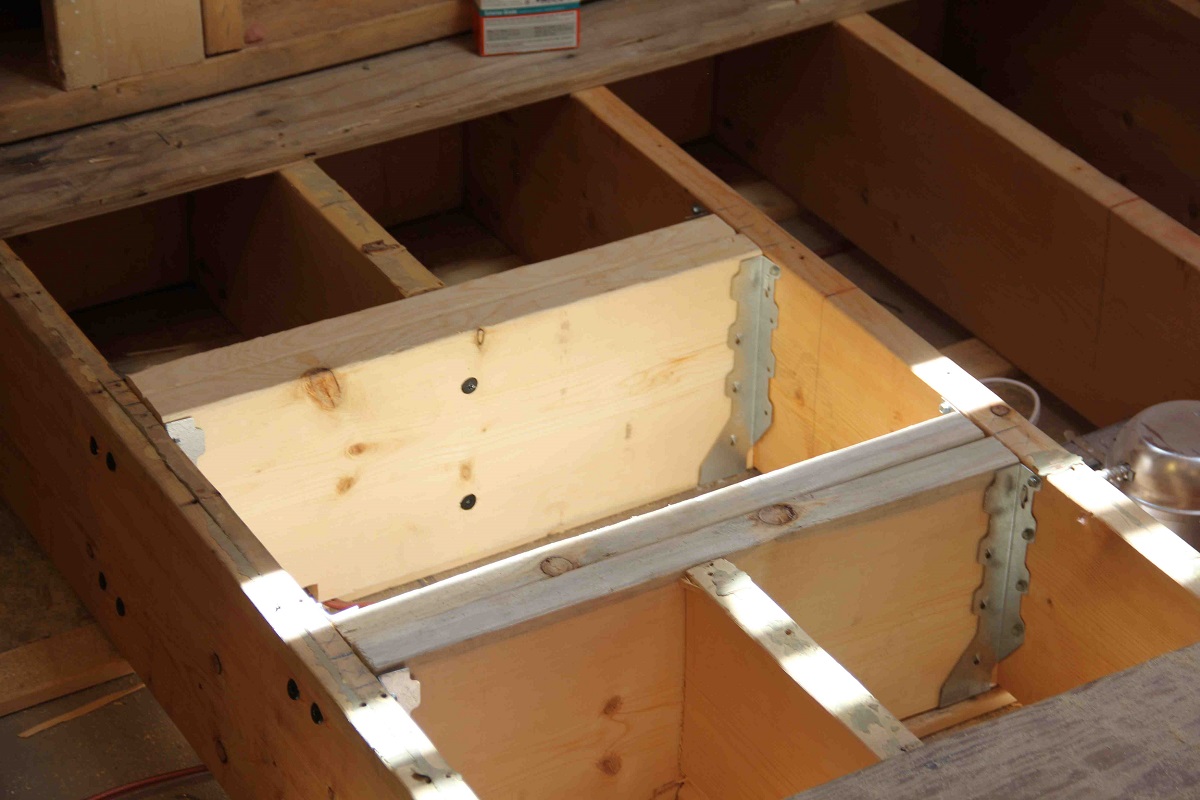
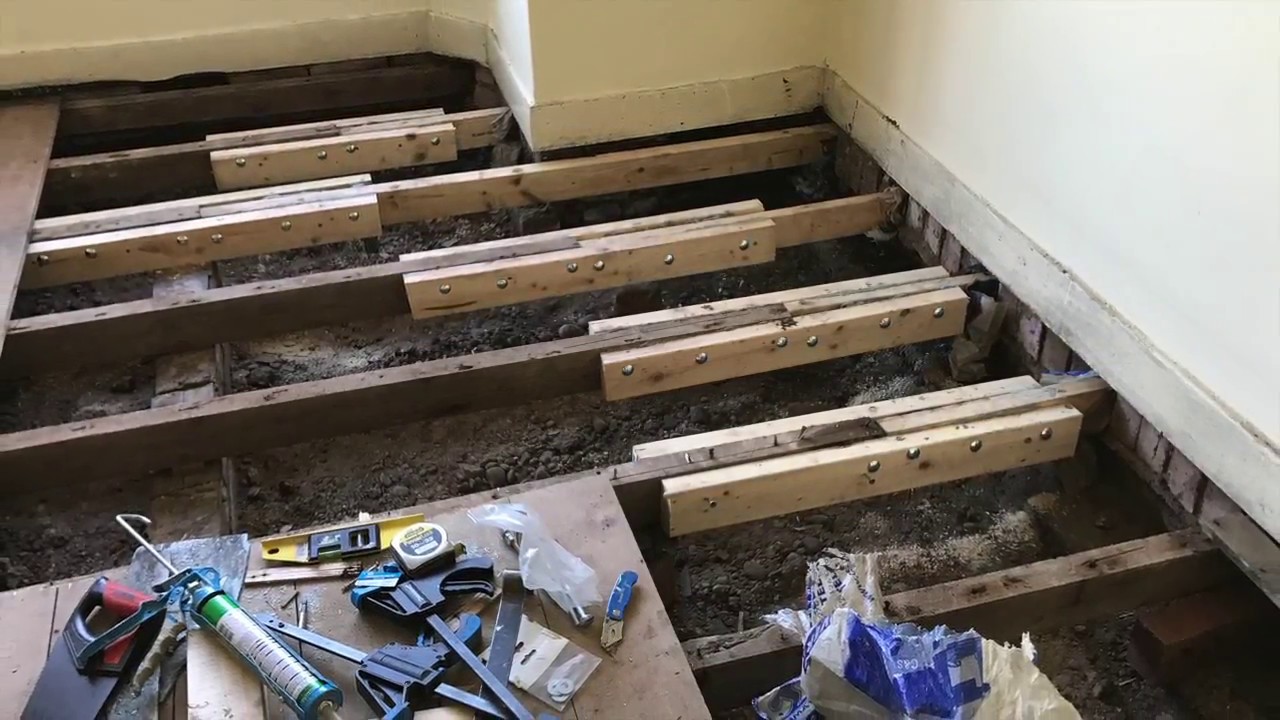
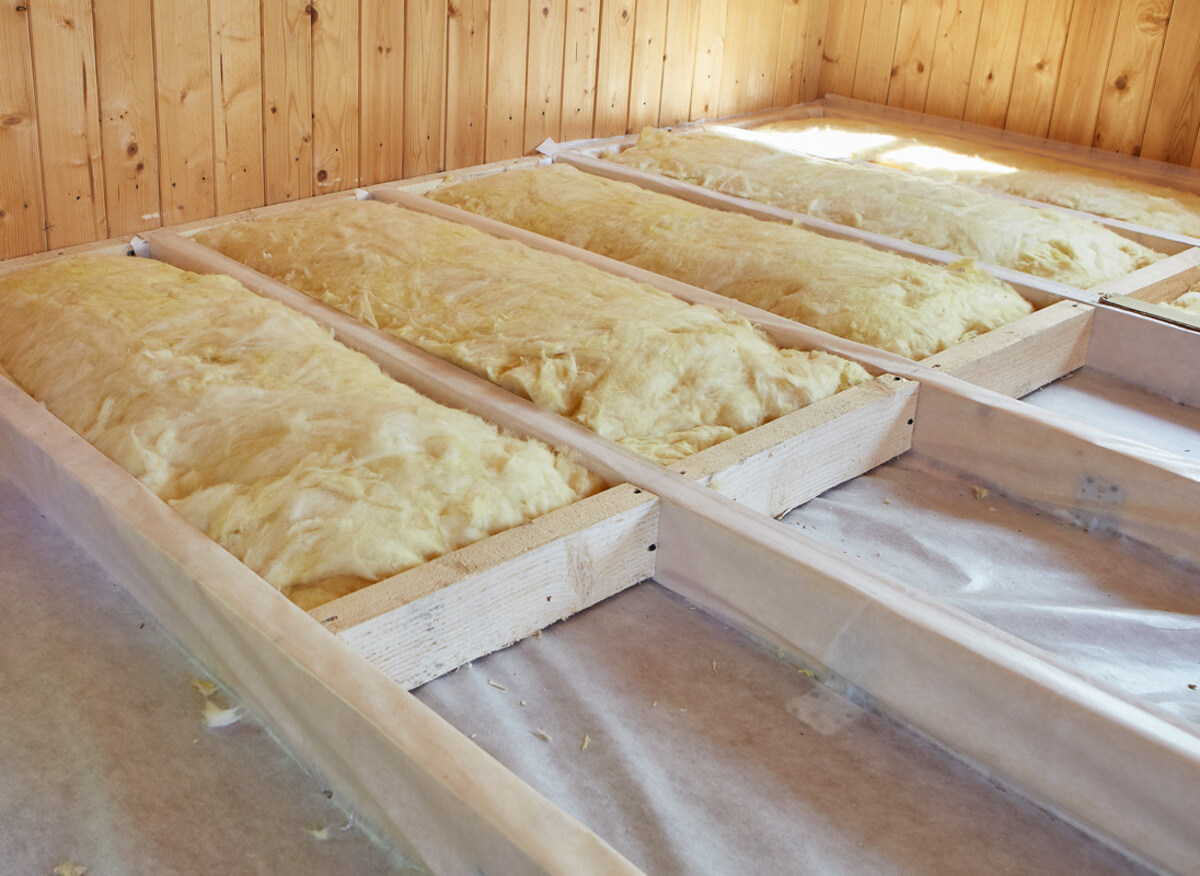
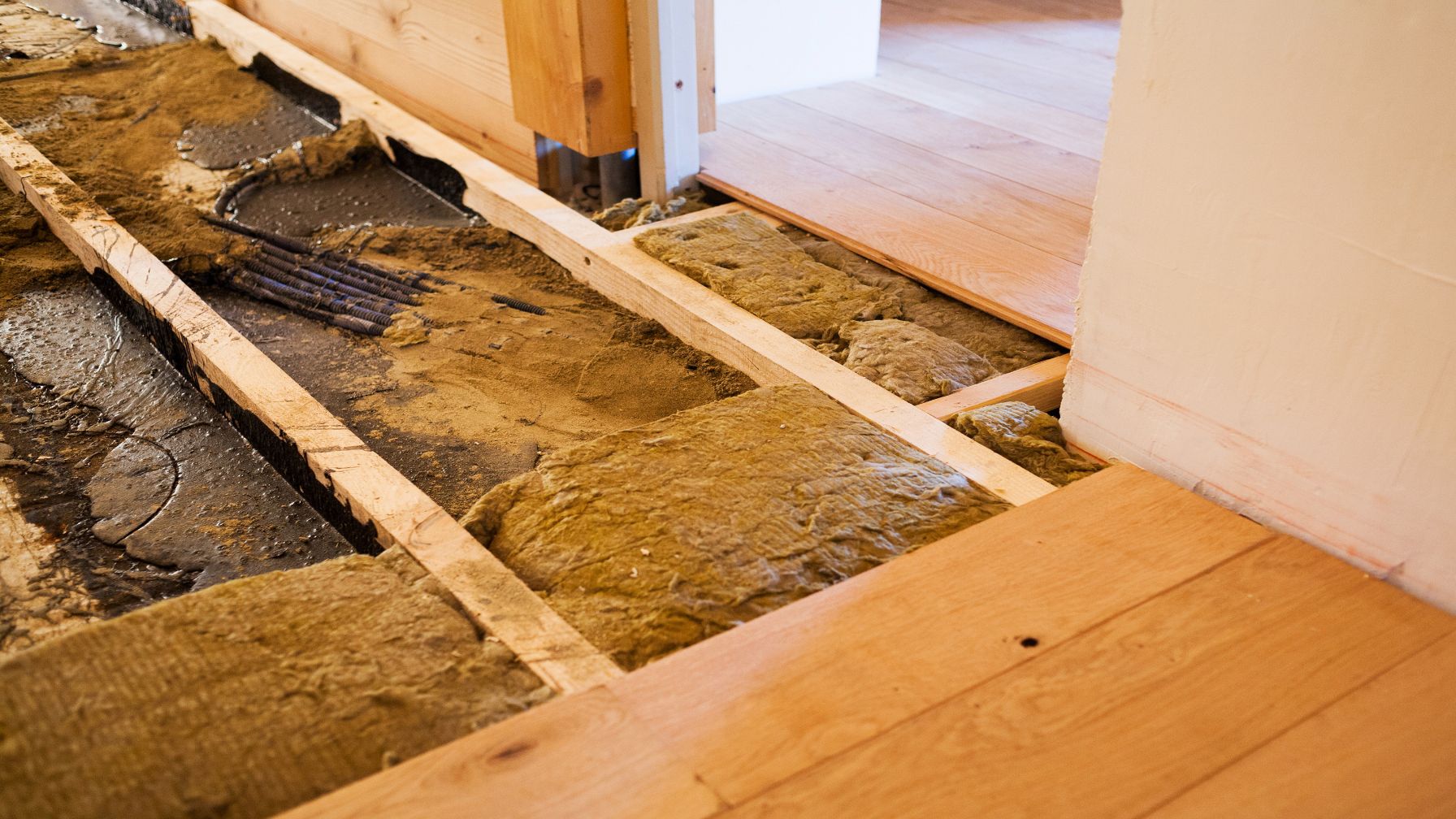
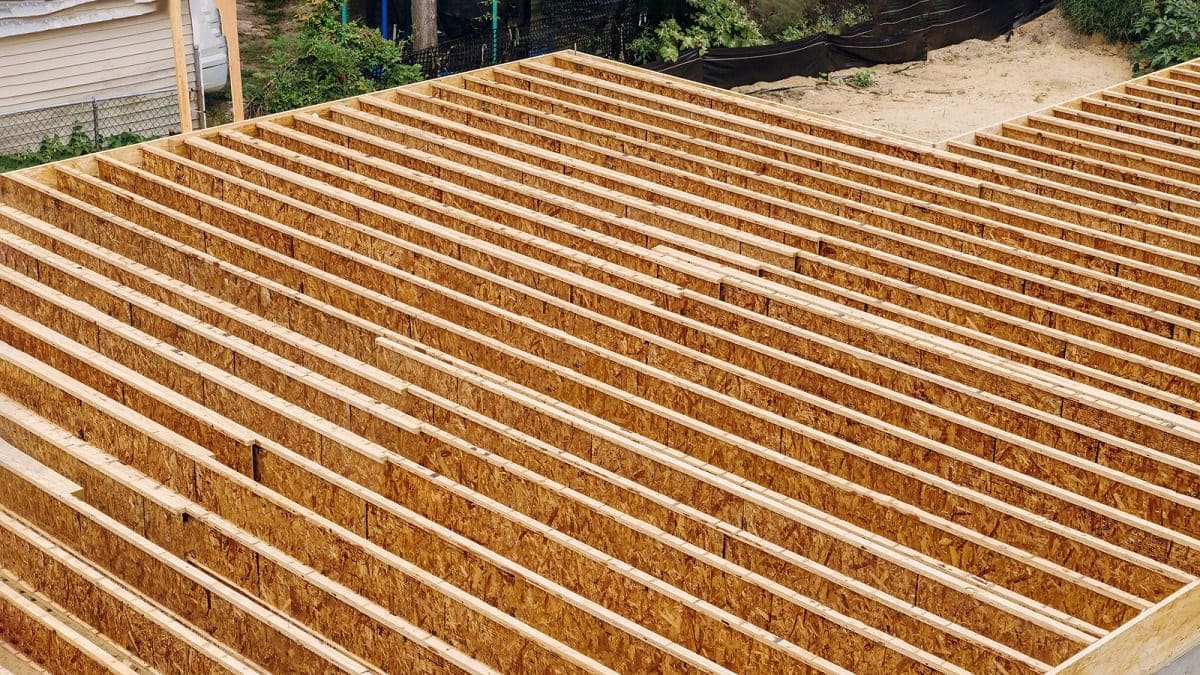
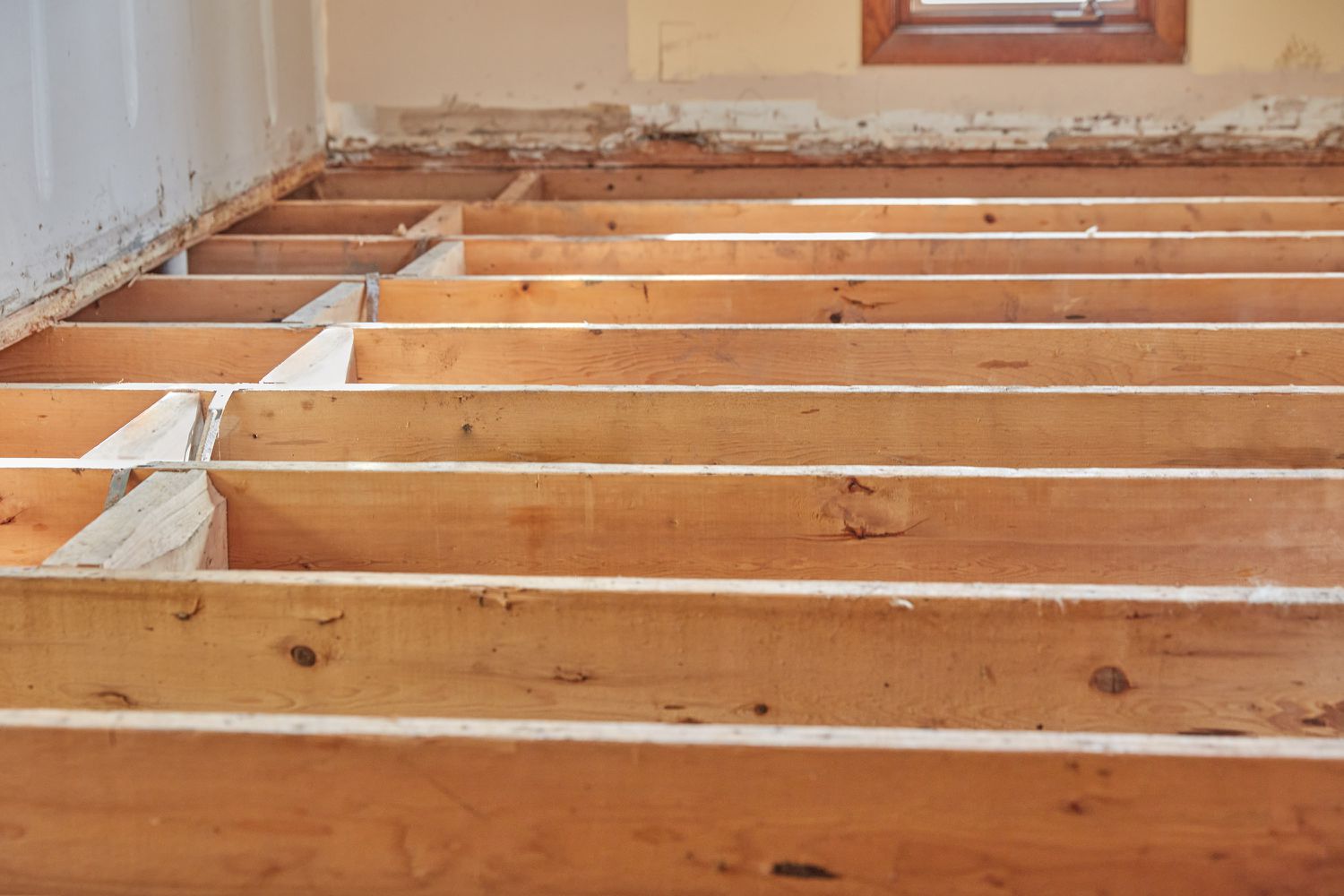
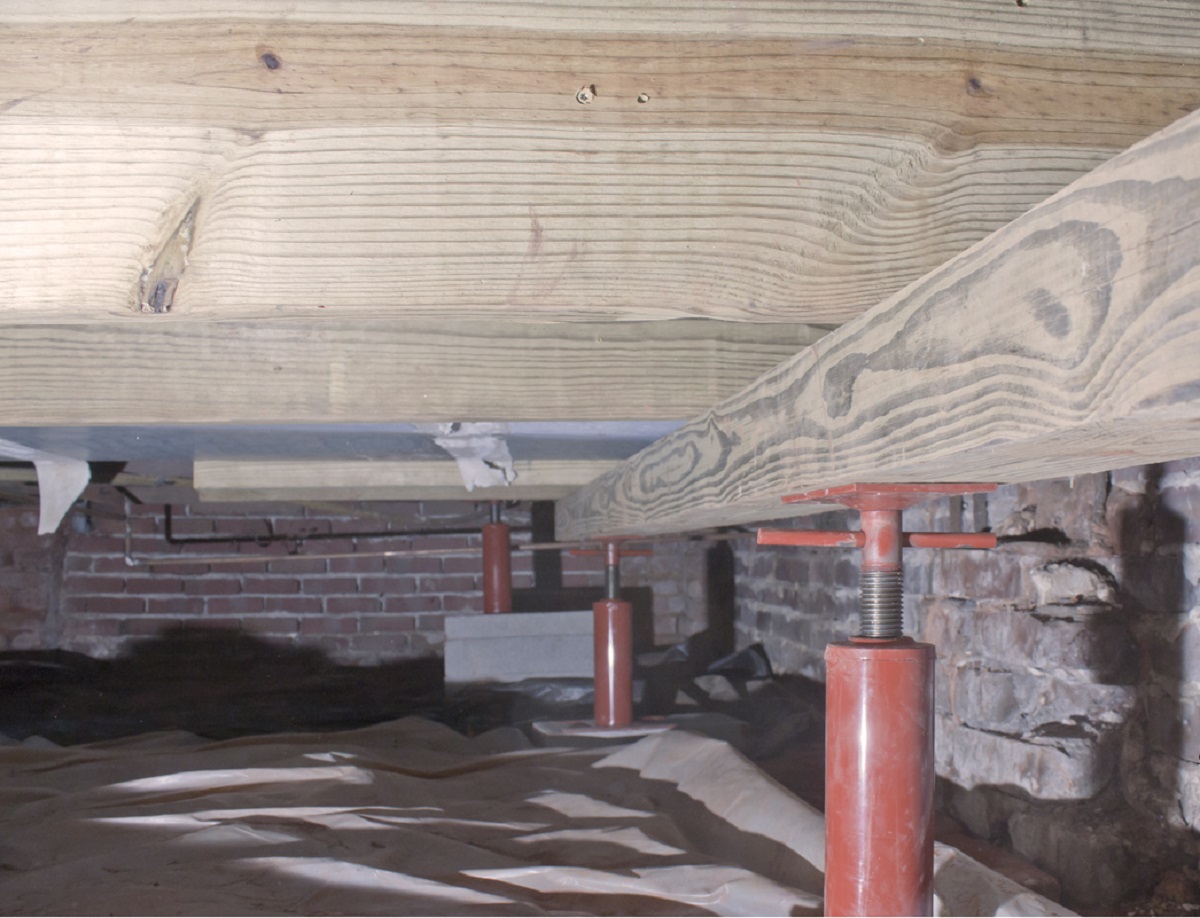
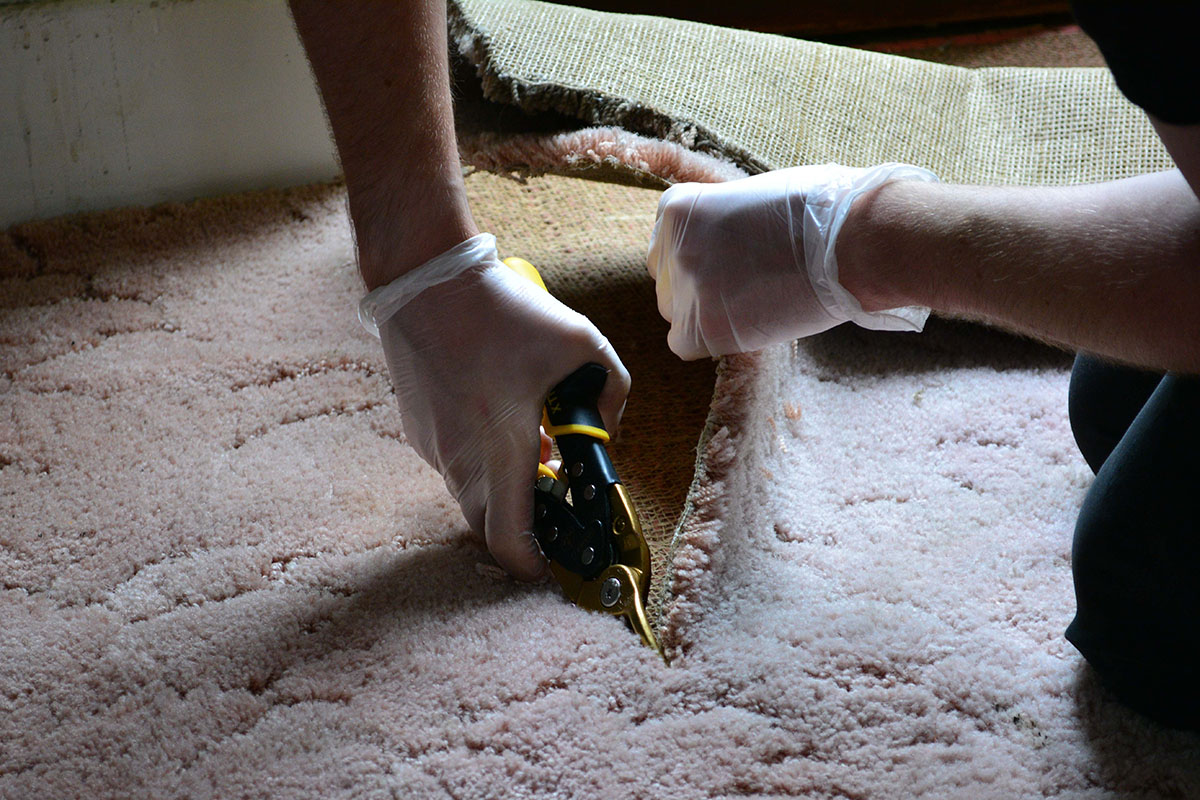
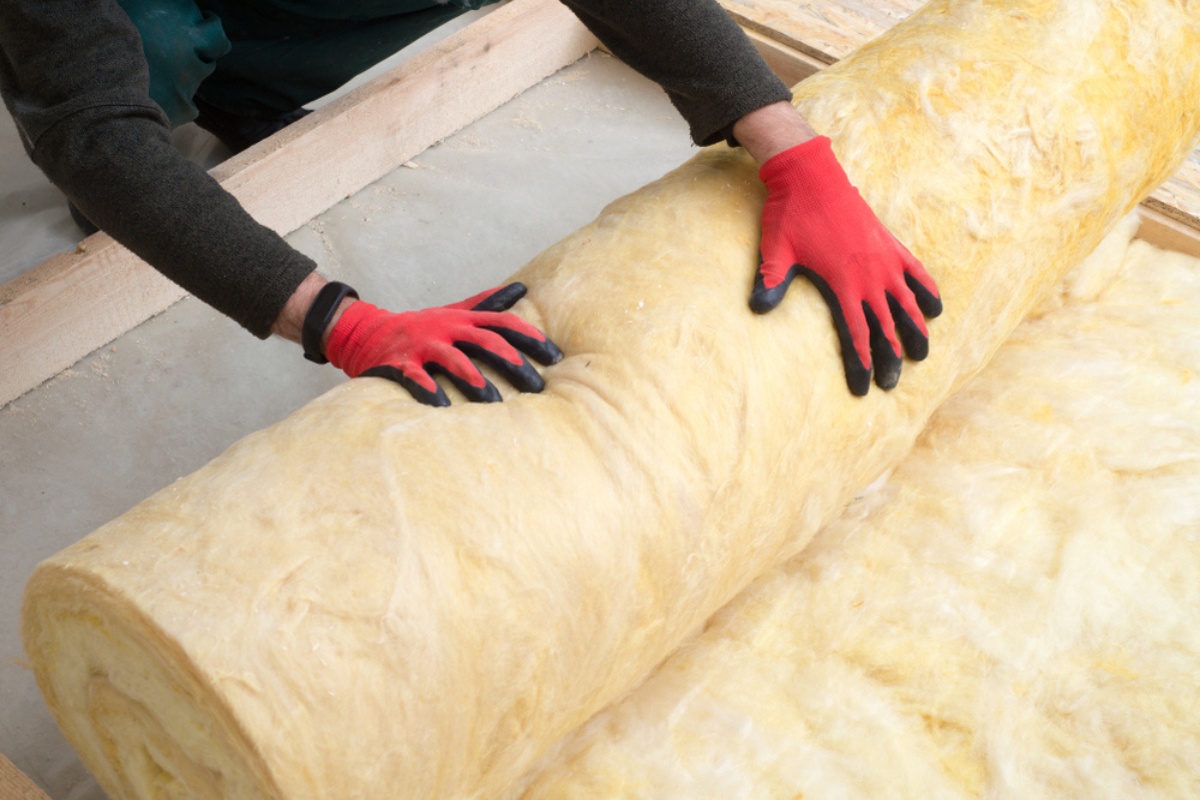
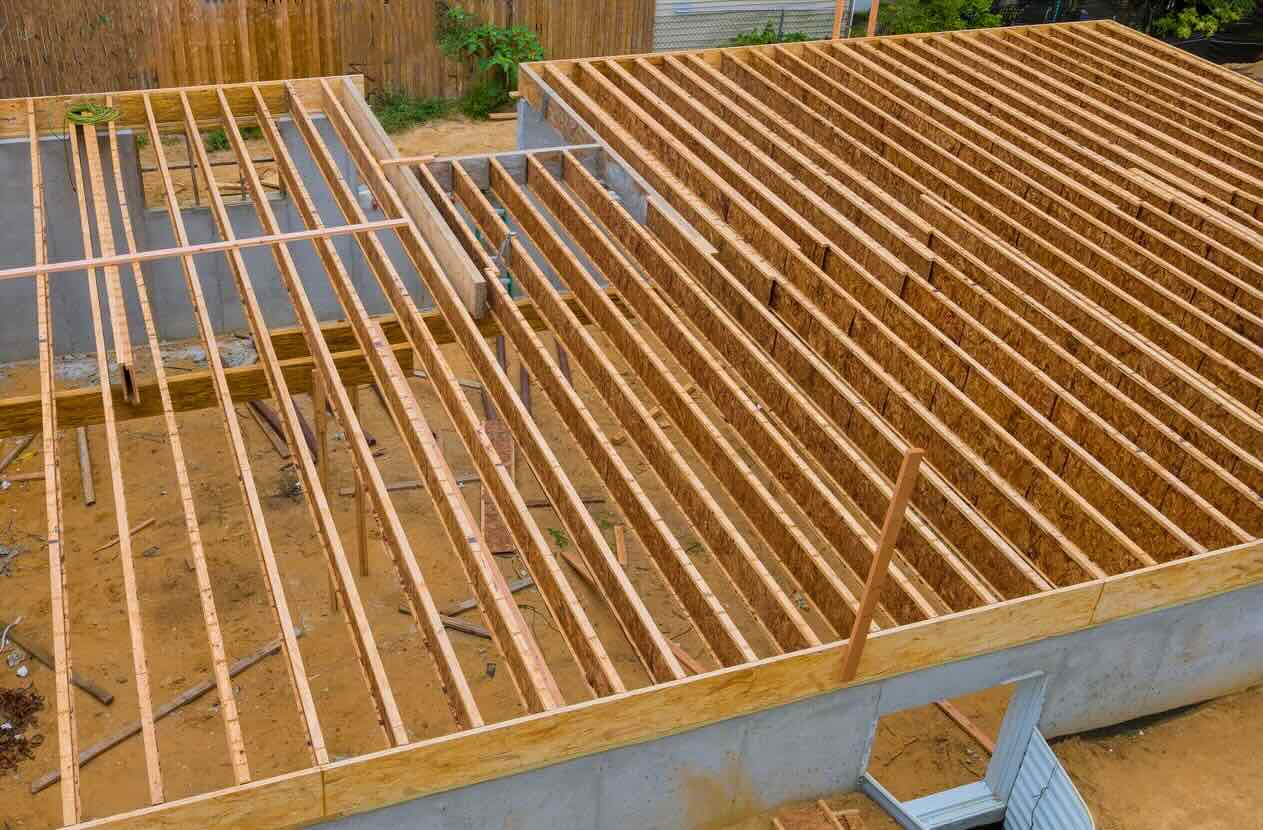
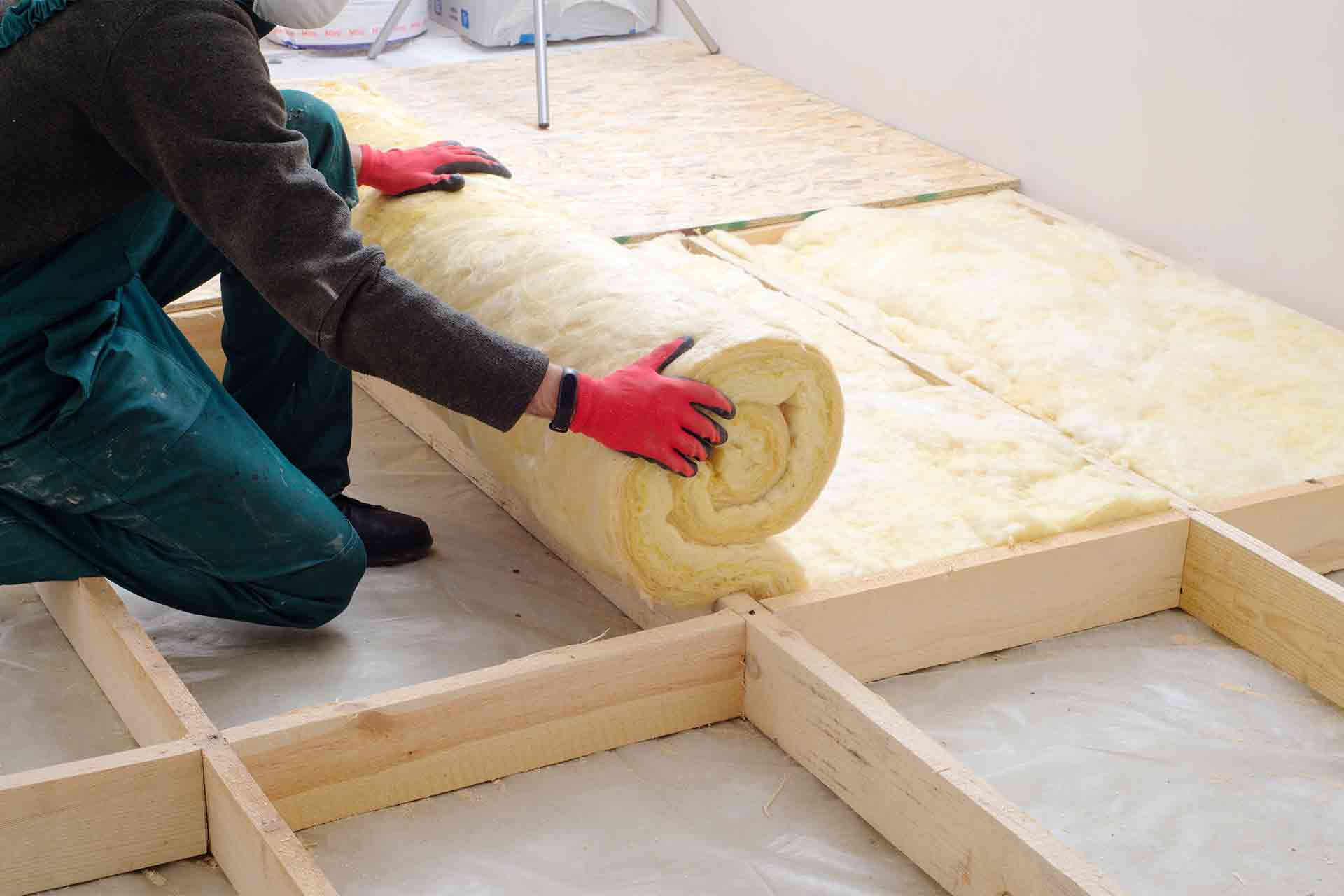

0 thoughts on “What Insulation To Use In Floor Joists”